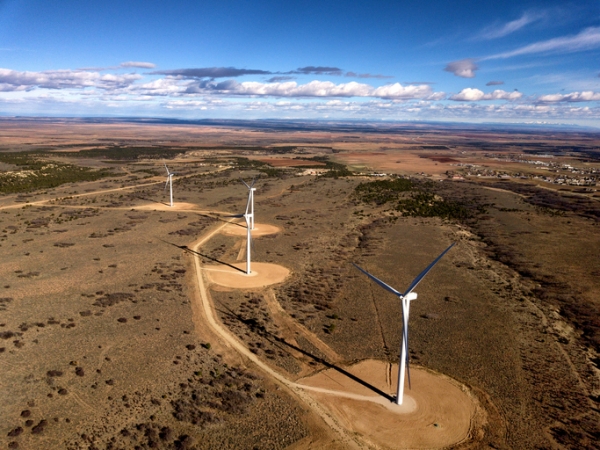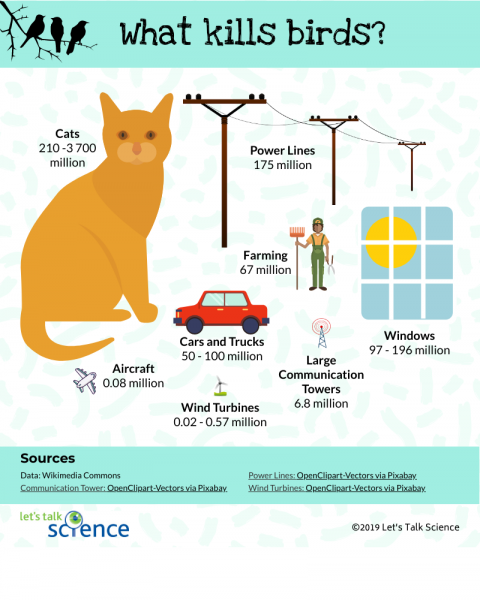Are wind farms a threat to wildlife?

Birds flying near a wind farm (Johnny Greig, iStockphoto)

Birds flying near a wind farm (Johnny Greig, iStockphoto)
7.94
How does this align with my curriculum?
Curriculum Alignment
AB
10
Knowledge and Employability Science 10-4 (2006)
Unit D: Investigating Matter and Energy in Environmental Systems
AB
10
Science 14 (2003, Updated 2014)
Unit D: Investigating Matter and Energy in Environmental Systems

